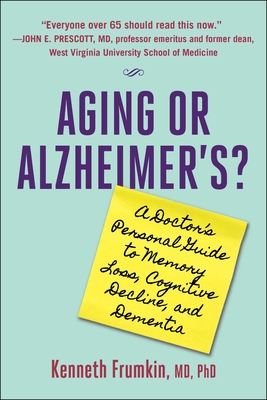
In their environmental memoir, This Rough Magic: At Home on the Columbia Slough, Nancy Henry and Bruce Campbell take possession of an old log house bordering the Buffalo Slough (a side channel of the Columbia Slough). They remodel the home, plant an organic garden, study the birds, and battle with moles, nutrias, and beavers that gnaw their trees and uproot their produce. In their new vest-pocket Valhalla, the couple observes "rough magic" in action as the natural world adapts to the heavy-metal pandemonium of the unnatural world. Truck traffic kills birds and mammals, chemicals contaminate fish, factory smoke fouls the air, yet abundant wildlife prevails, finding food and shelter in forests and marshes, culverts and dumpsters.
Traveling the nineteen mile length of the slough by foot, kayak, and bike, the authors navigate an obstacle course of shopping centers, industrial parks, residential neighborhoods, highways, relict fruit orchards, and tent camps. As it inches along from Fairview Lake to the confluence of the Willamette and Columbia Rivers, the slough serves up a clamorous concert of birdsong, sirens, and commerce-along with serendipitous scenes of beauty.
Today's spaghettified stretch of engineered channels and side streams bears little resemblance to the historic floodplain of the lower Columbia River, the fertile wetlands where Chinookan peoples first encountered Lewis and Clark in 1805. Nevertheless, creatures large and small still abound, the steady pulse of Mother Nature's heartbeat holding fast against the crush of industrial expansion.







